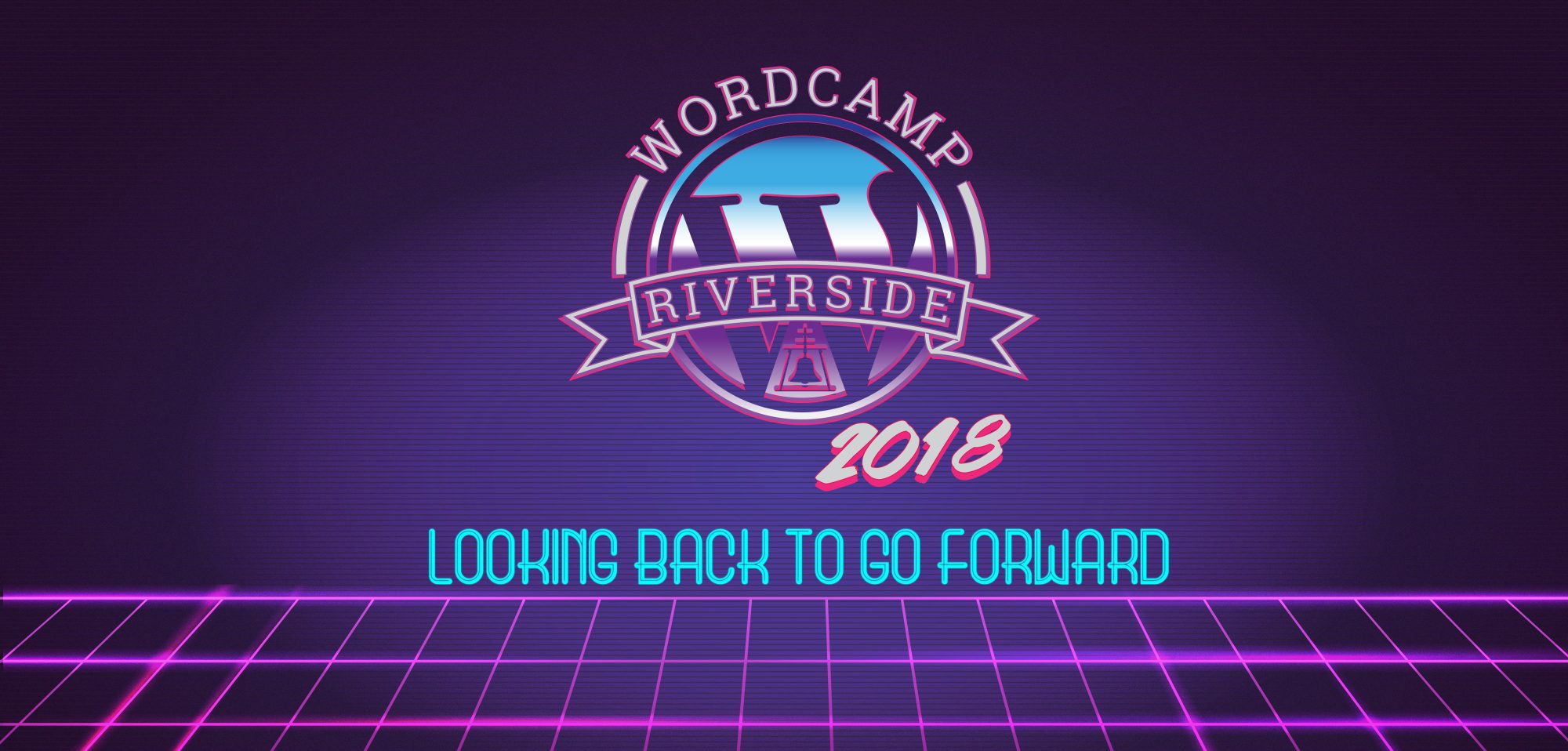We have less than 1% of the written documents from Rome. We have less than 0.5% of the documents from Ancient Greece. Only three codices of the Mayan civilization remain. The internet’s power is its ability to give us an incredible, boundless storage.
But have we actually built into our software design patterns a notion of longterm thinking? We want to think about our life’s work, and we want to preserve content, access to it and inspire others to think for the long term. Time is comprised of snapshots, and we’re seeking understanding for the whole.
In the same spirit of projects like the Internet Archive seeking to bring access to information to preserve history, we believe it’s also a responsibility to understand where we’ve come from, how we’ve built it and where we might be headed. This also matters for the tools in which we create.
On the quest to share content creation’s history, we also decided to make something. Something that was extremely accessible for both people and machines. Here’s our weird, wild journey of our attempt to create the “”Most Compatible Thing ,”” built for legacy support by design. Yes, there will be GIFs.
Powered by the magic of WordPress and Gutenberg, we used lots of pixelcraft and a custom web server to create paired experiences for each media. From modern headless future-facing web technologies to the GOPHER protocol, from Twitter bots to TTYs, from phone calls to a snail mail service, we’ve got a story to share that we hope will last and be preserved. All you gotta do is look for it.

